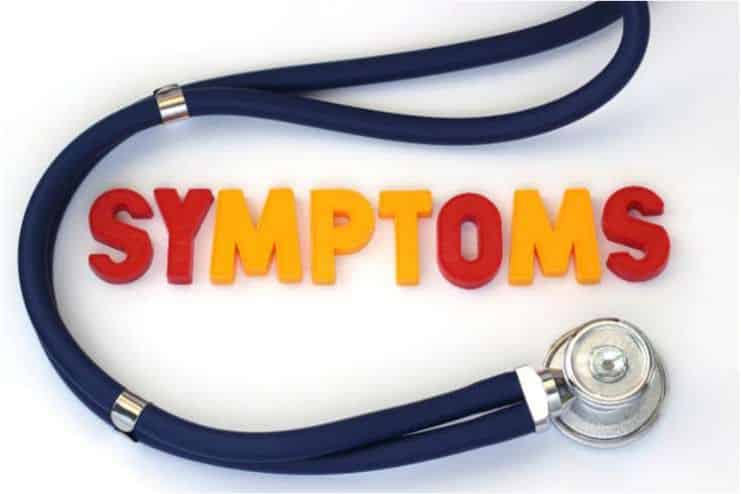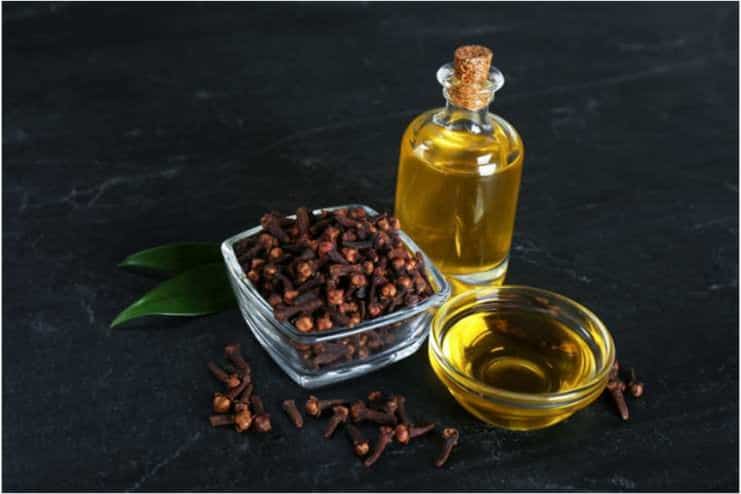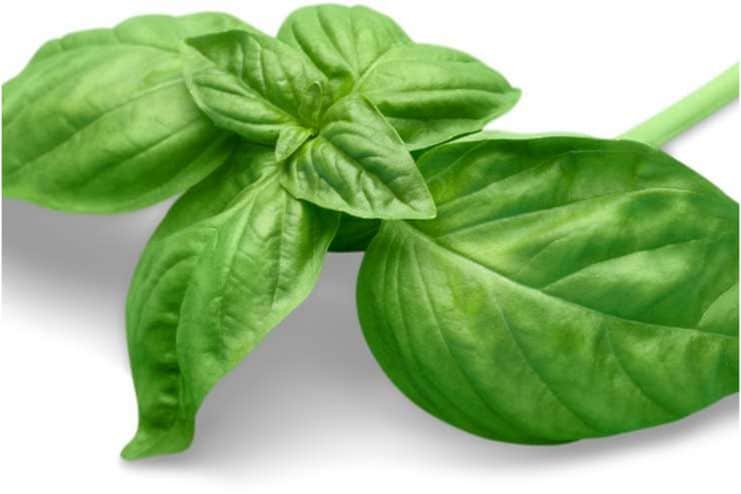Affiliate Disclaimer
Some links in this article are affiliate links. We may earn a small commission if you make a purchase through these links, at no extra cost to you. We only recommend products we find useful to our readersBelly button piercings, which represent originality and frequently give personal fashion an edgy twist, have emerged as a trademark of self-expression and style. It is not surprising that these piercings are so popular, as seen by the brilliant belly jewelry worn by celebrities and the widespread adoption of this trend by fans. However, despite their attraction, there are hazards associated with belly button piercings, including infections.
Unsuitable jewelry materials, non-sterile equipment, and inadequate aftercare are only a few causes of infections. What should be a statement item might cause distress if a seemingly small problem is ignored and becomes a painful ordeal.
The beauty and health of your piercing depend on early detection and careful maintenance. In this article, we have tried to provide all the important details about belly button piercing, including its causes and symptoms. Read on to learn more about various effective home remedies for infected belly button piercing.
What Causes Belly Button Piercing Infection?
Although getting a belly button piercing can appear straightforward, it takes dedication to care and more than just a needle and some glitter. Unfortunately, pathogens can enter if you do not take appropriate precautions.
The biggest offender is poor hygiene. Bacteria may enter your piercing if you neglect to wash your hands before handling it or expose it to dirty conditions. Tight clothing, sweating, and filth irritate the area even more, fostering the growth of infection.
Metal allergies are frequent in body jewelry. Nickel-containing jewelry is particularly prone to cause an allergic reaction. Experts advise using metals less likely to react, such as titanium, nickel-free gold, or surgical steel. They also recommend wearing smooth jewelry free of nicks or bumps that could irritate the skin.
The skin may become injured and torn if garments or other items seize on navel jewelry. A person may be injured if the jewelry has caught on something and the new piercing feels uncomfortable or appears larger. These wounds increase the risk of infection. Additionally, they may cause the piercing to heal improperly or change shape.
Another critical factor is improper aftercare. Using harsh DIY treatments or skipping saline soaks can damage rather than protect your healing skin. Rotating the jewelry too quickly or cleaning it excessively can also mess things up and invite difficulties.
Signs and Symptoms of Infected Belly Button Piercing

How can you know whether your new belly button piercing is healing correctly or if something is wrong? It’s a great accessory, but the secret to maintaining its health and style is understanding the difference between natural healing and infection symptoms.
- It’s standard to experience some minor swelling for a few days following a belly button piercing. Additionally, the area may feel sensitive to the touch and appear slightly red.
- As the piercing heals, you may detect a thin white liquid oozing from it. This liquid has the potential to solidify into a crust, which you should carefully remove with soap or saline solution—never with your hands. Although it could feel stiff or scratchy, the crusted area shouldn’t burn or hurt.
- As your immune system tries to combat an untreated infection, it may begin to affect your body more broadly. It usually causes chills, a high temperature, or a full-blown fever. When their belly button piercing gets infected, some people also experience stomach problems, including nausea, vomiting, and loss of appetite.
Along with this, you may also experience some other symptoms, such as the pierced hole becoming more extensive, the area around the belly button becoming sensitive to touch, and a bump forming around the pierced area.
Bump of Belly Button Piercing
Sometimes, a bump around the belly button may also develop. Experts say this occurs due to keloids or scar tissues after piercing. The leading cause behind this is still unknown. Although the problem of developing keloid after nose piercing is very common, it is considered highly rare in navel piercing.
How to Clean a Belly Button Piercing?

Keeping your belly piercing clean is the best defense against infection and irritation. If you want your navel piercing to heal quickly and prevent disease, keep it clean. The cleaning procedure takes just a few minutes of your day, and it will guarantee that your piercing will continue to look nice for many months and years to come.
- Before handling the piercing, always wash your hands well with soap and water.
- Wash the piercing with an antibacterial soap once or twice a day. A fresh navel piercing should be entirely cleaned at least once, ideally twice daily.
- Put some lavender oil on. Lavender oil is an excellent natural remedy that aids in healing and lessens edema and soreness around the piercing.
- Clean the piercing sparingly. While cleaning it more than twice a day is a good idea, doing so too frequently will remove the skin’s natural oils, making the piercing dry and itchy.
- Do not use hydrogen peroxide and rubbing alcohol to clean your piercing. These products cause skin discomfort by drying it out.
How to Get Rid of Infected Belly Button Piercing Using Home Remedies?
Some major home remedies you can try to remove infected belly button piercings are listed below.
1. Aloe Vera

Aloe vera’s therapeutic benefits are widely recognized. It relieves itchy and swollen skin. Its antimicrobial qualities stop bacteria from growing, preventing infection. It also has analgesic and antiseptic qualities that reduce pain and prevent bacteria from growing. Aloe vera can aid in healing your piercing and is a powerful treatment for wounds. The best aspect is that aloe vera has no adverse effects and can even soothe sensitive skin.
2. Tea Tree Oil

The antibacterial and antimicrobial qualities of tea tree oil help prevent and cure infections. Tea tree oil’s anti-inflammatory qualities help relieve irritated and swollen skin. Apply tea tree oil to the piercing area if it has already infected. However, applying tea tree oil straight to the skin is not advised. Therefore, before using the oil, always dilute it.
3. Essential oil of cloves

Clove essential oil can successfully treat an infected piercing. Its antibacterial and antifungal qualities help to ward off infections. This essential oil’s anti-inflammatory qualities help to calm and relieve irritated skin. Clove oil’s antibacterial qualities also help to treat and cure an infected area.
4. Calendula

Calendula extract, which contains powerful antibacterial and antiviral properties and helps boost wound healing, can be used to eliminate the infection caused by belly button piercing.
5. Basil

Another remedy for infected piercings is basil, or tulsi as it is more frequently known. Because of its antibacterial qualities, basil kills the bacteria that cause infections. Additionally, its anti-inflammatory qualities help relieve irritated skin.
6. Neem

Most of us are aware of the neem plant’s advantages. You can use either neem leaf paste or a neem stick for the infected piercing. Because of its antibacterial qualities, neem gets rid of dangerous microorganisms. Neem’s anti-inflammatory qualities aid in relieving pain in the affected area. Neem also removes pus from the infected piercing.
7. Saltwater

Salt’s antibacterial qualities prevent dangerous microorganisms from growing. In addition to preventing infection, it speeds up the healing process. Additionally, salt’s antibacterial and anti-inflammatory qualities help to heal irritated and inflamed skin while maintaining cleanliness.
8. Hot Compress

A hot compress has numerous uses. It can reduce inflammation and discomfort and fight microbiological diseases. Therefore, a heat compress can also treat an infection of the belly button.
Conclusion
Although belly button piercing infections may appear frightening, they are completely treatable with the correct care and attention. You may safeguard both your health and your piercing by being aware of the reasons, identifying the symptoms, and applying efficient remedies, whether administered professionally or at home. Remember that a well-maintained piercing is a fashionable and secure piece of jewelry!
FAQs
Can I change my jewelry if my piercing is infected?
Changing jewelry while infected could irritate, so avoid doing so. Continue wearing the original jewelry—ideally hypoallergenic—until the infection fully recovers.
How long does it take for a piercing infection to heal?
With the proper care, mild infections usually go away in 1-2 weeks. Severe infections may take longer time to heal and may require medical attention.
Is it normal for a piercing to ooze?
Clear or white discharge is typical during the healing process. But green or yellow pus that smells bad is an infection that must be treated immediately.
-
Aug 2017Written by Prajakt
-
Dec 2024Edited by Ankita
In this Article



















